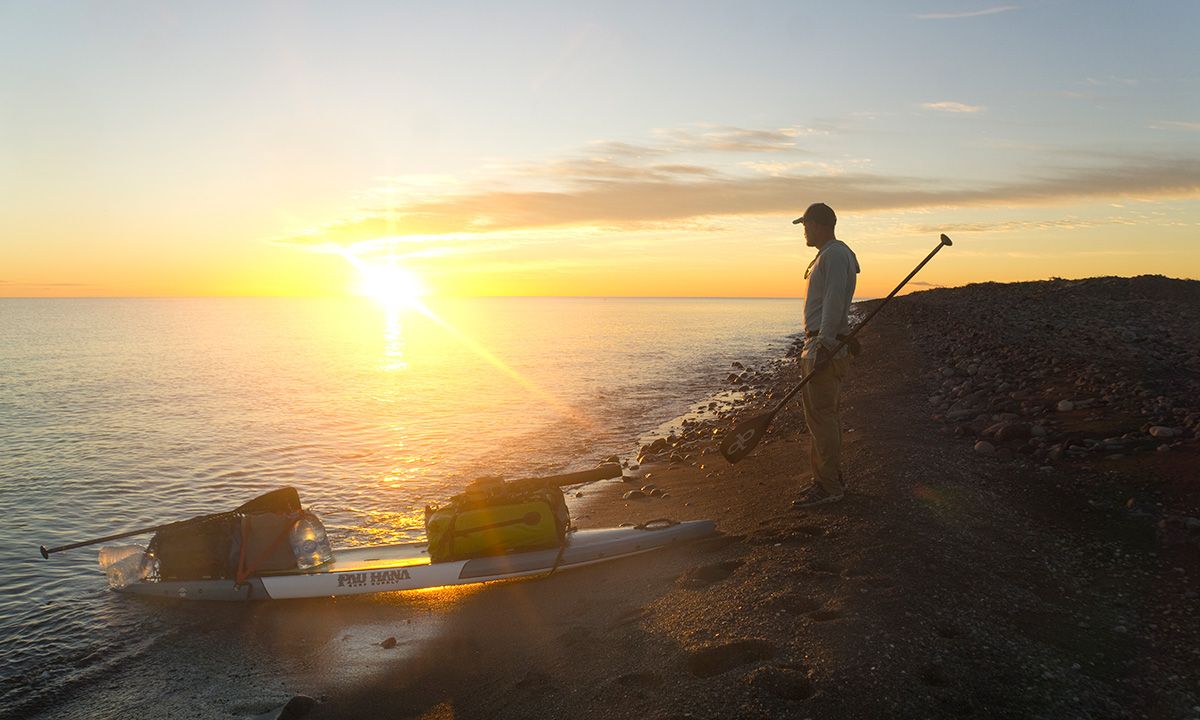Paddling with Porpoise
- Written by Sean Jansen
- Published in Journeys
- Comments::DISQUS_COMMENTS
I gazed intently across the bay. I was nervous. I was scared. I had made it San Luis Gonzaga, a huge bay with protected anchorages. I sat in the shaded front porch of an expats house that I had met the day prior looking for epoxy to repair a hole that I put into my board after getting slammed into the rocks rounding a point.
I sat there watching whitecaps race across the bay to the far shore. My eyes glared down the ten-mile wide beach and its crescent shaped bay, following it further south and eastward. For the remainder of the next three days, while I waited out this strong wind event called “El Norte,” my eyes lay focused on a point that stuck abruptly out to sea. The point is called Punta Final, or Final Point.
It’s called that because if you are a fisherman or sailor, it is the final point going northbound to get around before safely making it into the protected bay that I am currently sitting. But if you are me, who is heading south, it’s the start of a 100-mile section of steep cliffs dropping to the sea, minimal beach landings, extreme currents, and more shipwrecks than most of the remaining 800 miles of the Baja Peninsula. The section is called, “The Wall.”
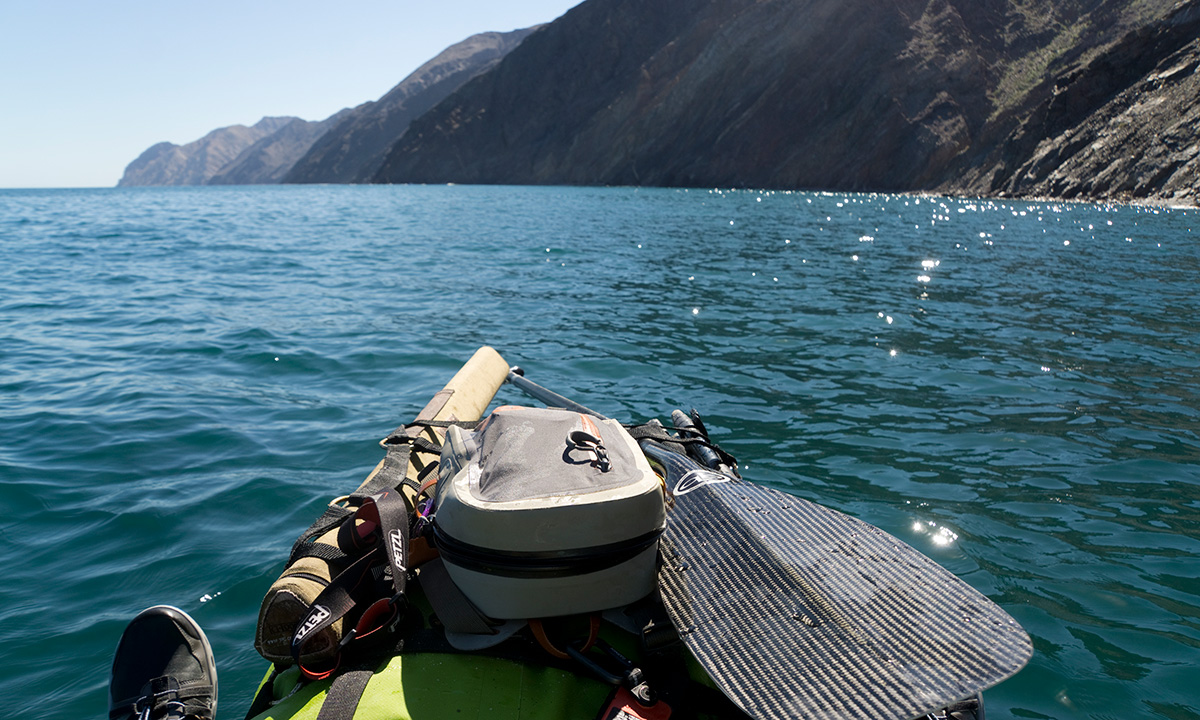 Photo courtesy: Sean Jansen
Photo courtesy: Sean Jansen
I set out from San Felipe in Northern Baja, 100-miles to the north and a week prior. The goal, the image, and the dream that I had set out when I initially conceptualized the idea was to take my SUP and paddle the length of the Baja Peninsula via the Sea of Cortez. Loading up my board with dry bags, camping gear, and fresh water, I would start in early fall after the hurricane season and make my way to Cabo San Lucas, the bottom tip of the Baja Peninsula.
I wanted the trip to also not be about me for the first time in my life. For years, I always had the mindset of doing things to be the first to do so. Paddling here because no else has or hiking that at sunrise because it hasn’t been done. I was getting sick of that drumbeat and for the first time, I wanted to give back. Give back to place that I loved instead of take from it. Provide clarity and understanding, while learning empathy instead of feeding my ego. And this project was where I wanted to start.
I found that there is an endemic species of porpoise in the Sea of Cortez called Vaquita. A Vaquita is the world’s smallest marine mammal. Living only in the Upper Gulf of California, their numbers have sadly plummeted over the years. So not only are they the smallest marine mammal, but are now the most endangered, with fewer than a dozen individuals remaining in the wild. So I set out from San Felipe with a goal to raise awareness for this porpoise and team up with an organization called Earth League International to help them fight against the illegal fishing activities that are causing this porpoise to go extinct.
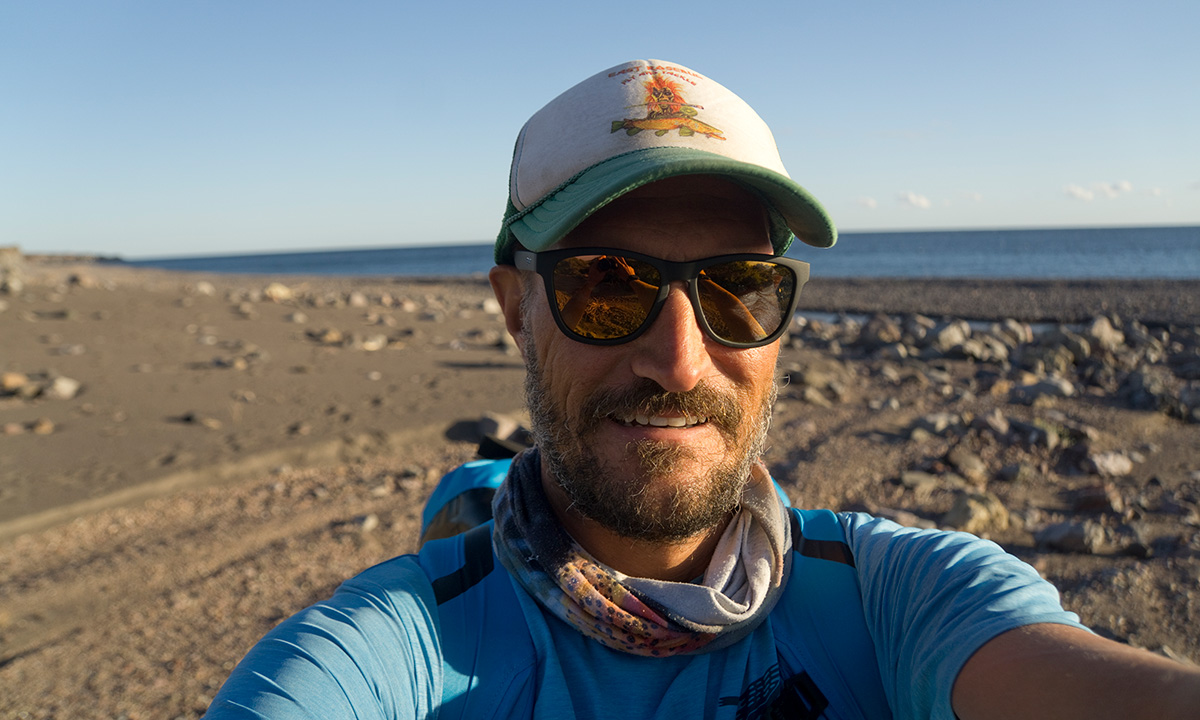 |
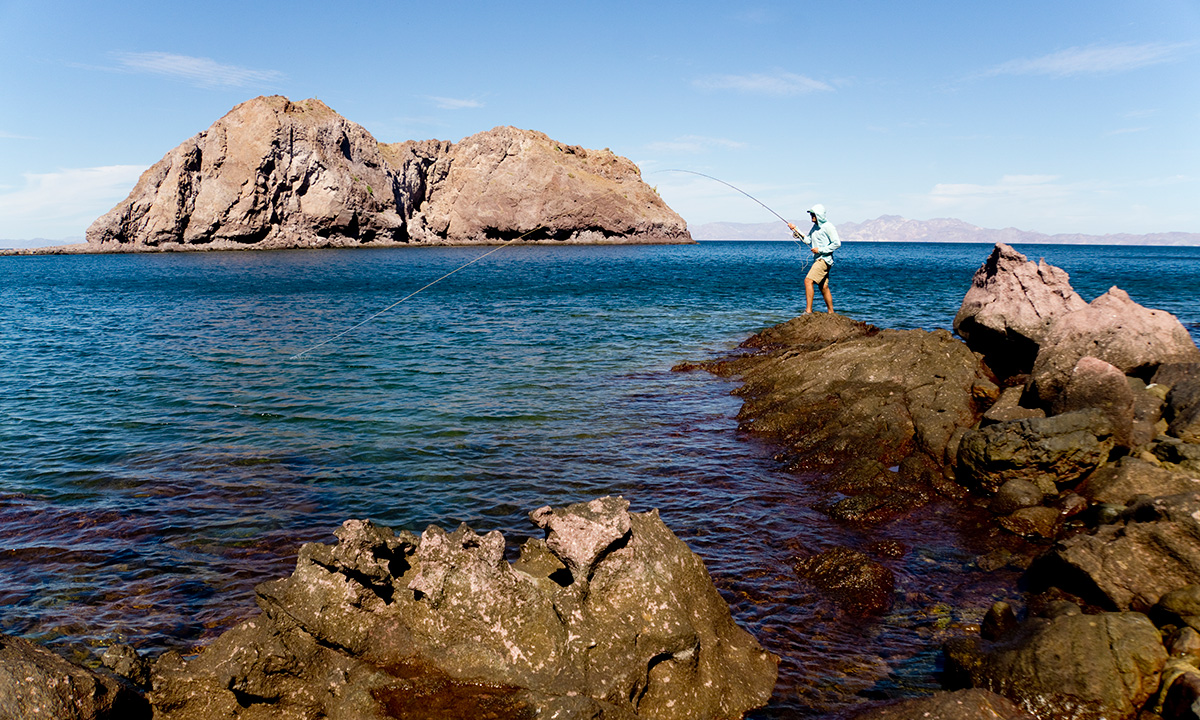 |
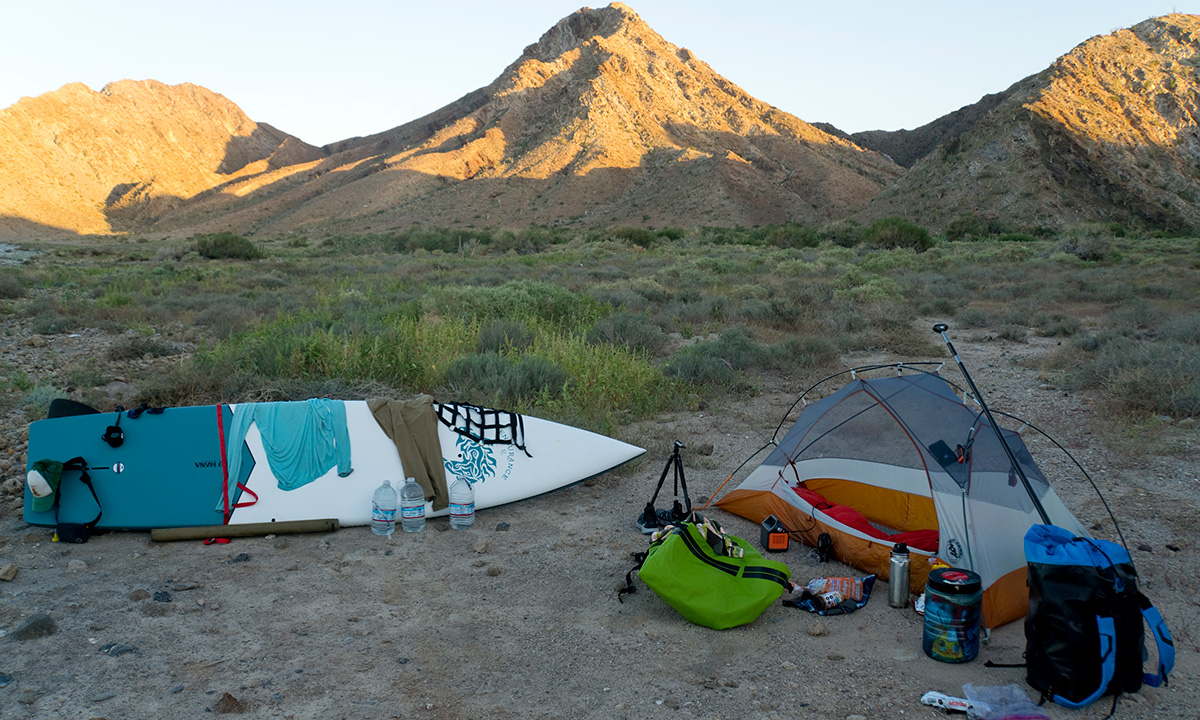 |
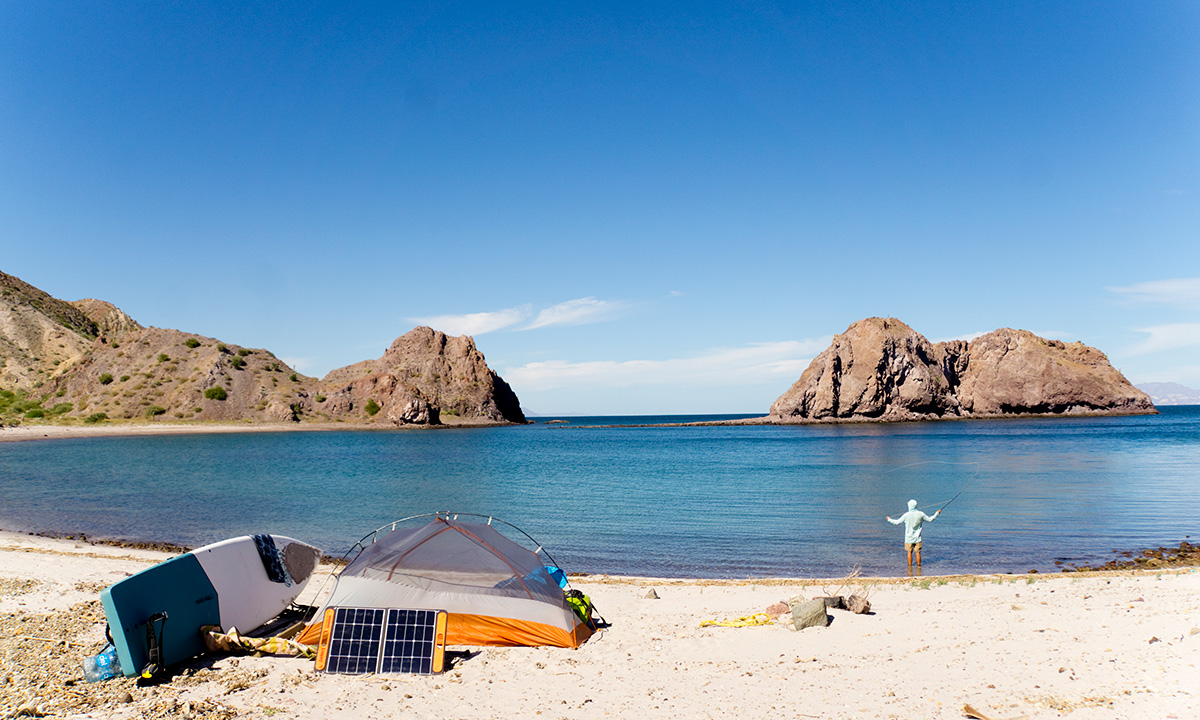 |
Photo courtesy: Sean Jansen
All was going well. I had found my groove in paddling and setting up camp on gorgeous beaches. Waking up early and watching the shooting stars with a cup of coffee before I started my day, and made decent progress averaging 14-15 miles a day making it to San Luis Gonzaga. But Punta Final lay ahead of me and a knot in my stomach was really making my nerves string out.
The wind had subsided and I put my head down. I strapped my gear onto the board and had an ambitious plan to paddle the coast in three days. Trying to average 33-34 miles a day to get around Punta Asamblea, 100 miles to the south to a much needed protected bay. There was another wind event coming my way that didn’t seem like I could paddle in and didn’t want to get stranded amongst the steep rocky shore of, “The Wall.” But something I learned very early on in the trip is that nothing ever goes to plan.
The first day went great, but sadly I had only made it 24 miles before not only my body began revolting from dehydration and stress, but also the environment changed. An unforecasted south wind halted me in my tracks. The second day I woke to find a coyote had taken one of my water shoes and that started the day with cursing into the stars at the experience. But luckily I found it in a bush a hundred yards away with freshly chewed markings on its sole.
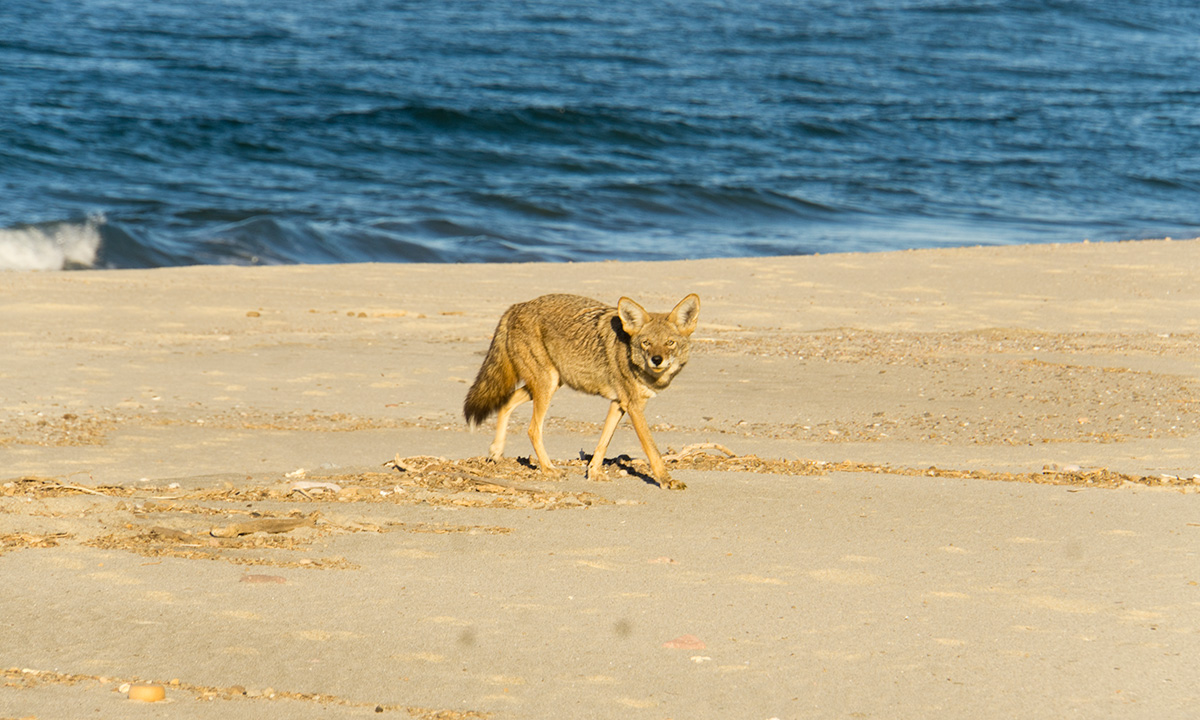 Photo courtesy: Sean Jansen
Photo courtesy: Sean Jansen
An island lay just off the coast about 20 miles or so aptly named Guardian Angel Island. This island is very large and spans close to the length of the entire section of “The Wall.” It was a wonderful addition in the morning in that it provided additional protection from the sun so I could get some cool miles in before I got hit by the powerful rays. But when it came time to round one of the many headlands and points of the section, the island had a sinister secret that I failed to notice before leaving.
The tidal currents in the Sea of Cortez are some of the most extreme in the world. In San Felipe in the upper gulf, the tides can swing up to 30 feet. So when I started my trip, it was imperative that I start at high tide. If I didn’t, I could have to walk up to a half mile out on the beach just to meet the sea at low tide. Now, over 100-miles to the south, I had thought my tidal woes had all but disappeared, but little did I know that they were far from over.
Due to the close proximity of Guardian Angel Island, the currents between the main Baja Peninsula and the island are extremely powerful and deadly. If I didn’t time my rounding of points just right, the water would either suck up the point against me or shoot me down and around the point with very dangerous water to navigate. On multiple occasions, I would look out to sea in between the island and where I was to see standing ten-foot waves breaking in the middle of the bay.
As I neared closer and closer to Asamblea and the end of “The Wall,” each point was yelled at in the distance with curse words and further expletives. Each point lay hidden dangers of whirlpool like water, river like currents, and wind howling with whitecaps. I didn’t make it before the wind event hit and had to fight all three of these elements at once with 100 pounds of gear that I needed to keep me alive.
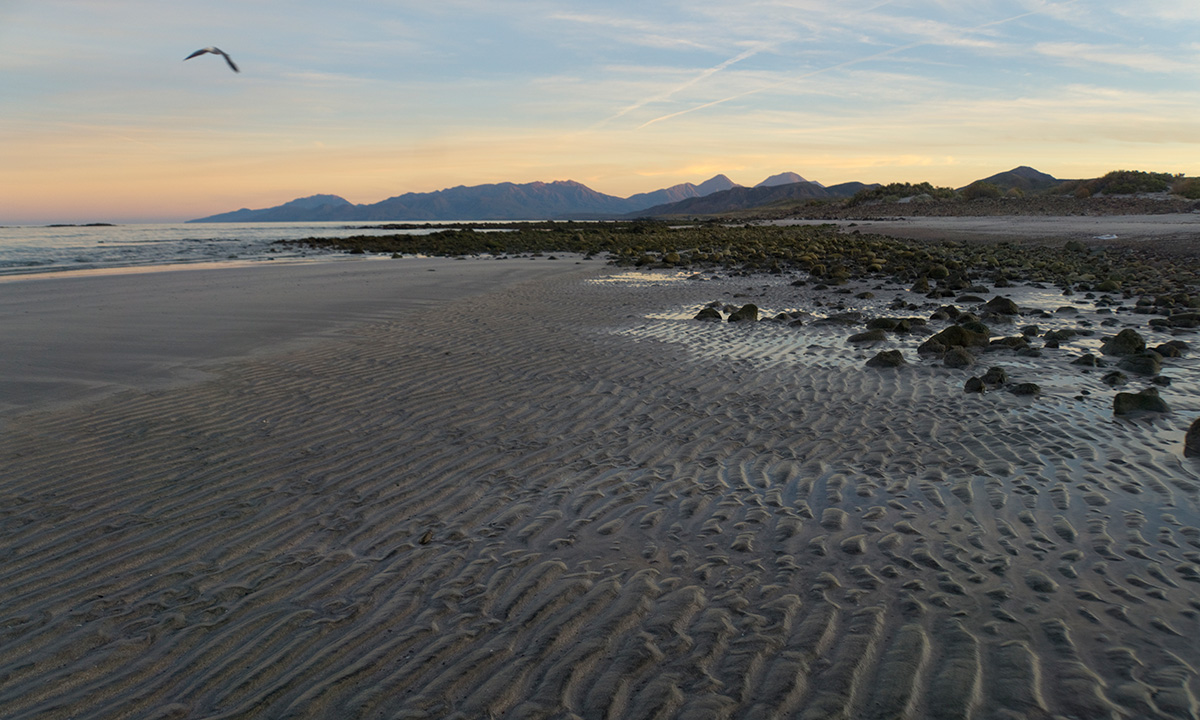 |
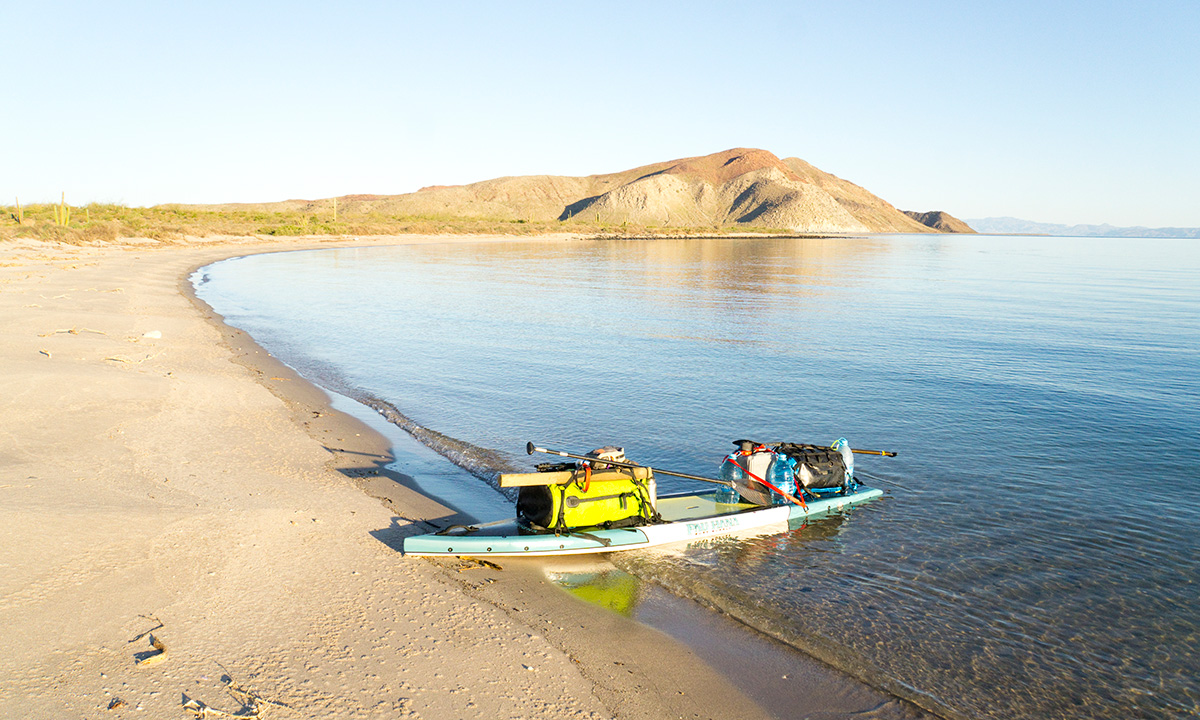 |
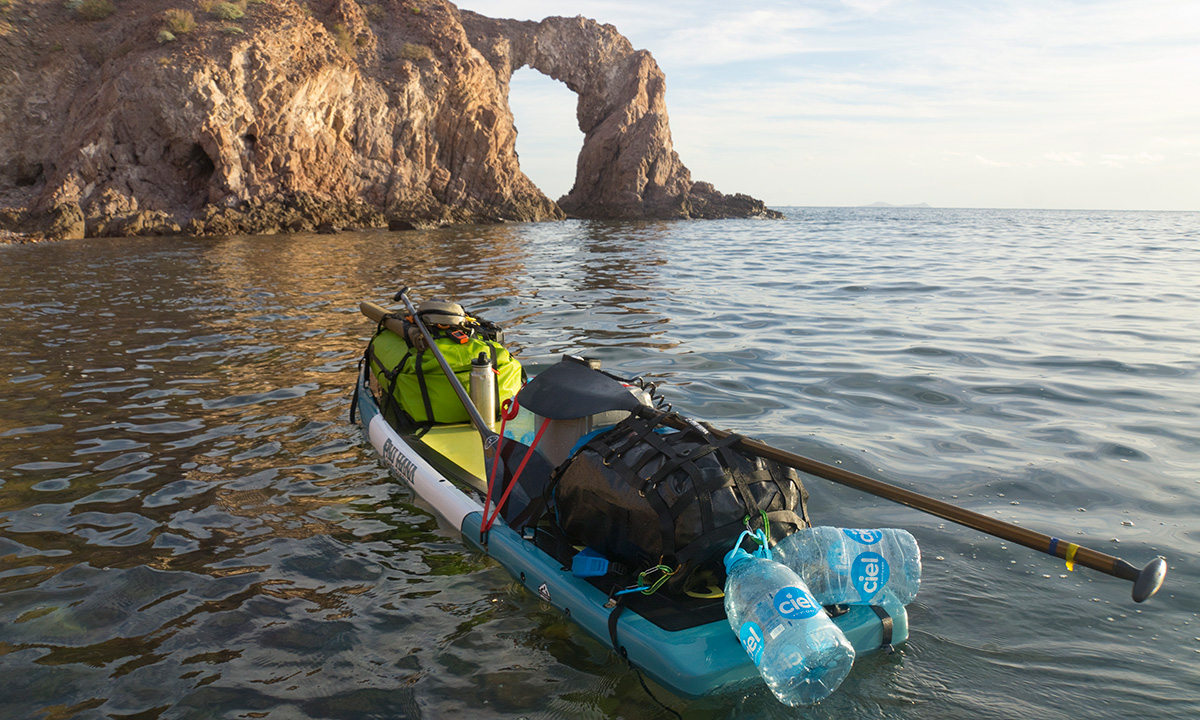 |
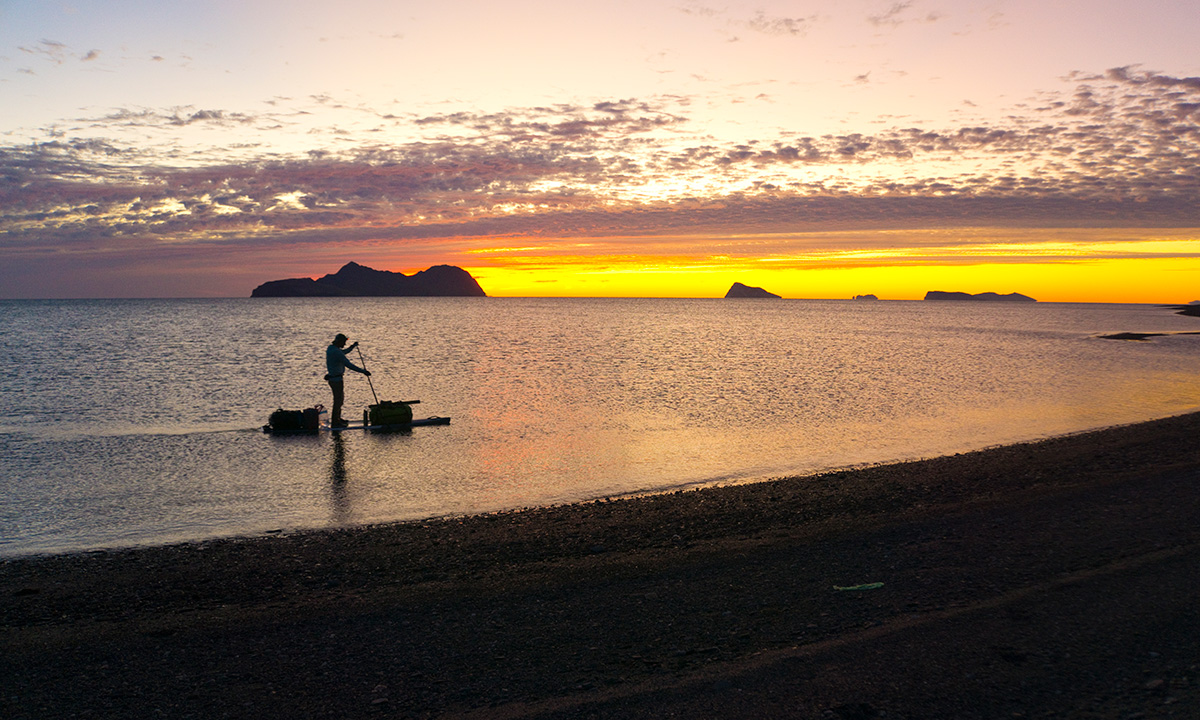 |
Photos courtesy: Sean Jansen
I had made it around Asamblea after five days of curse words, currents and collapsing to my knees to paddle on multiple occasions. Had jumped out of my skin at the sea lion popping its head up feet away barking at me, and large shadows beneath my board that I didn’t honestly want to know what they were. I didn’t see a single human or trace of one for nearly a week. “The Wall,” was done, but little did I know that I still had 700 more miles of this to come, and wasn’t sure what to expect. But a smile ripped across my face. Battered, bruised, scarred, and relieved that despite my fears, despite my doubts, I had made it through arguably the scariest section of the trip, or so I hoped.
Before the paddle, I began over the years to seriously hate the word adventure. Since the creation of Social Media, it seems that adventure to most people is when you hike to the top of a peak at sunrise and put your hands to the sky for a photo. Drive a stretch of the infamous Highway One in California with your van, or even going for a simple hike with your “adventure buddies.” But in the wise words of Yvon Chouinard, “adventure is when everything goes wrong, that is when the adventure begins.”
I am not necessarily saying that my trip down the Baja peninsula was an adventure, but there were moments throughout the expedition where adventure was bundled up into a burrito that the wonderful peninsula of Baja made me each time without asking.
I could have opened with the story about how my portable desalination device stopped working and was worried about running out of water. I could’ve told you about the drug runners I had to hide from at 4am. The six days of dengue fever that stripped me bare of energy and body fat, or the 6.2 magnitude earthquake that shook me awake having me scramble in the dark to find higher ground for tsunami safety.
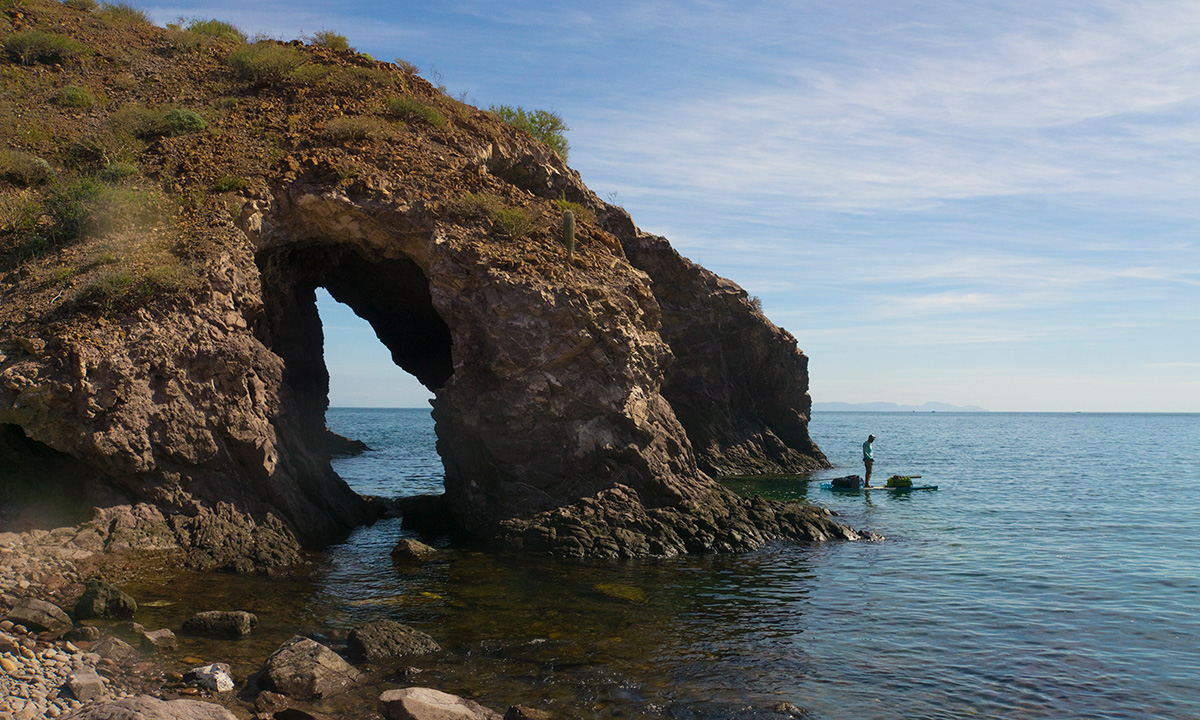 Photo courtesy: Sean Jansen
Photo courtesy: Sean Jansen
But with each door that Baja tried to close on me, she also led me to find a key after a lesson was taught. There was the blissful 24-mile day of paddling without a breath of wind and water so clear even Jacques Cousteau would have had to rethink a better quote than his aquarium statement. There needs mentioning of the coves that forced me to stop and enjoy butt naked without a soul in sight. The starry skies that captured my imagination; the pastel sunsets, cool sunrises, and a desert landscape painted with color. The dolphins swimming up to say hello, the sea turtles that popped their heads up, or the curious coyotes surveying the scene.
It was everything I thought it would be and everything I didn’t want it to be. Like the cuisine of Mexico, it came with spicy, flavorful, bland, scary, and all with questionable stomach sounds and issues that somehow, despite all that, still makes me want to come back for more.
I am half way and winter decided to show up. Winter in the Sea of Cortez means cooler water, winds most of the day, and nighttime dominating the hours of the day. I hit the pause button and came home. I am returning in October to continue the drumbeat of solo paddling down the Baja peninsula. It’s been 36 days and 397 miles of paddling, with confidence to finish strong and an addictive mindset that cant stop thinking about it.
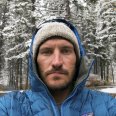
Sean Jansen
Sean Jansen is a freelance writer and photographer currently based out of Bozeman, Montana. He was first introduced to the sport by then neighbor, Rob Rojas in San Clemente, CA. Since then, he has moved to the mountains and has taken his SUP into Yellowstone and Grand Teton National Parks, the first to do so in Yellowstone. He has floated trout rivers for new fishing access, and trains on the reservoirs of high alpine lakes. Now spawning adventure with conservation, he hopes to continue this path of combining the two.
Email This email address is being protected from spambots. You need JavaScript enabled to view it.
